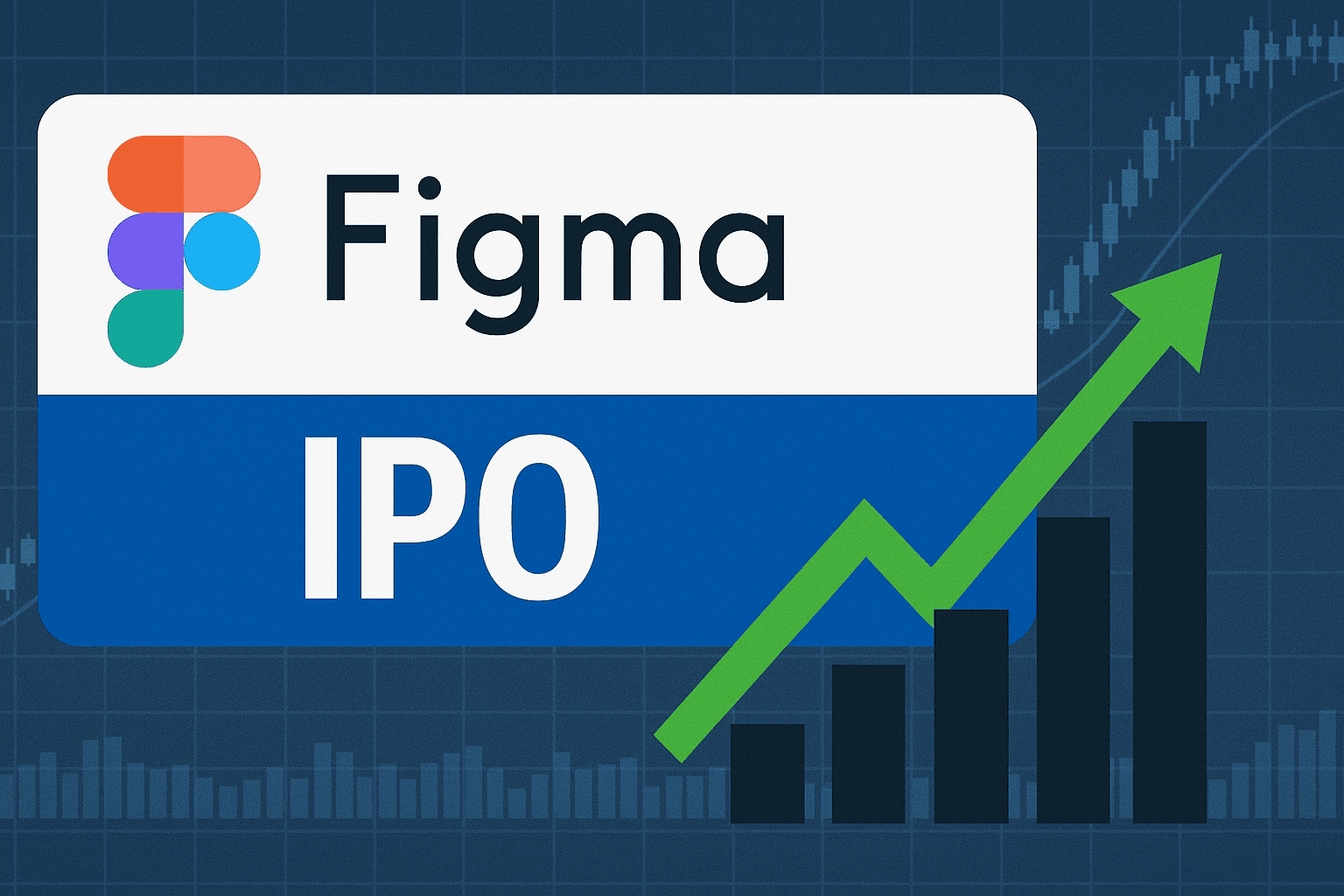When we speak to CEOs and CMOs searching for more stable and scalable sales growth in 2021, we begin by talking about growth marketing.
In brief, growth hacking is theoretically beyond the reach of marketing activities. Growth marketing simply employs a data-driven approach to marketing campaigns that leverages new methodologies, metrics, software technologies, and growth marketing strategies relative to conventional marketers. You can learn growth marketing tactics by hitting the best growth hacking books or learn from the experience of successful peers.
Growth marketers concentrate week-to-week resources on planning, executing, and reviewing experiments with the goal of a meaningful improvement in the conversion of more traffic into leads, and maximizing the conversion rate, and therefore increasing the pace of sales to minimize transaction cycles.
Strategy for Growth Marketing
Growth hacking specifically changes marketing from a generation department to an important part of every area of the company, particularly when it comes to contact with consumers and potential customers. Growth marketing affects a broad area while growth hacking focuses on executing a specific tactic.
This is also humorously referred to as growth metrics and stands for recognition, acquisition, activation, sales, retention, and referral. There are valuable bookmarks for the sales enclosure process from the point of view of an increasing marketer.
Recognition
Building and assessing knowledge of the company is nothing new. As we describe growth marketing, we continue to follow growth assessment, growth marketing tests, and progress. Extraordinary growth marketers recognize that this is the very first move for many customers to get through the funnel.
Acquisition
Although recognition leads potential customers to a sales enclosure, the acquisition is really where the journey begins. This is where leads are produced and the first stage of the user lifecycle is where most B2B businesses struggle to solve popular B2B marketing problems in order to expand faster. Although growth marketers are trying to boost productivity farther down in the funnel, generating more volume here improves the odds of meeting growth objectives later in the funnel.
This lead generation mechanism can involve newsletter logins, resource downloads, trial deals, chatbots, or other methods. Growth marketers can aim to increase numbers in this segment by playing with or checking A/B emails and landing pages, accessible material, website copying, chatbot activities, or trial offers.
These tests and ongoing trials can be calculated by measuring the traffic on the website, including retention and bounce rates, the total amount of leads and leads produced by each acquisition channel.
Activation
If consumers are taking advantage of a free trial, using a freemium version, or eventually making a purchase, growth marketers want to guarantee that users start using it as soon as possible to have a good experience. This improves the likelihood of buying down the line for free trial consumers.
This will contribute to upselling, renewals, and referrals for paying clients. The measurements here are focused on active usage results, and can easily be linked to the overall amount of users who have bought, signed up, or downloaded. This is an ideal place for advertisers to study the on-boarding process, make valuable improvements, and play with A/B research.
Growth marketers recognize that this is the beginning of a major consumer partnership and are sure to hold an eye on the progress of this funnel company.
Sales
In comparison to conventional marketing, growth marketers will take a deeper look at sales. In the field of growth marketing, there are tests to conduct right within the context of pricing. Through digging deeper into sales-related indicators, revenue operations and marketing practitioners will play with pricing models and tactics.
There are also A/B experiments that can be conducted about how pricing choices are shown and how upsells are approached. It is also a section in which to look at topics like cart abandonment, free-trial conversions, and other missing sales opportunities.
Retention
Growth advertisers can pay heed to retention indicators when analyzing the turnover rate or the rate with which the consumer decreases. This could be for calculating repeat consumers in markets like eCommerce.
Other segments can calculate the use or renewal of the component. Whereas in conventional marketing methods, marketers may be happy with finding new buyers, growth marketers tend to raise and continue to utilize the amount of existing consumers who are pleased with the product.
This is where the influence of growth marketing becomes highly apparent. Because repeat customers and long-term customers do not entail increased consumer retention expenses, they are the most profitable customers in terms of net sales. For growth marketers, thus, retaining current consumers is just as essential as attracting new ones.
The emphasis here could be on services to ensure sustained consumer loyalty or targeted outreach to current consumers in order to promote repeat sales and renewals.
Referral
Measuring and maximizing referral rates are some of the most important labor Growth advertisers who can do so. While conventional marketing strategies for the acquisition of consumers are still relevant, referrals are the most successful and productive way to produce new customers.
Content marketers study, develop, and play with client referral systems. They would also merge activities here with work in the sector of retention. Customer loyalty not only raises the retention rate but even extremely pleased engaged consumers are far more inclined to recommend the product or service to a mate.





Thank you very much for sharing, I learned a lot from your article. Very cool. Thanks.
Thank you for your sharing. I am worried that I lack creative ideas. It is your article that makes me full of hope. Thank you. But, I have a question, can you help me?
Your point of view caught my eye and was very interesting. Thanks. I have a question for you.
Thank you for your sharing. I am worried that I lack creative ideas. It is your article that makes me full of hope. Thank you. But, I have a question, can you help me?